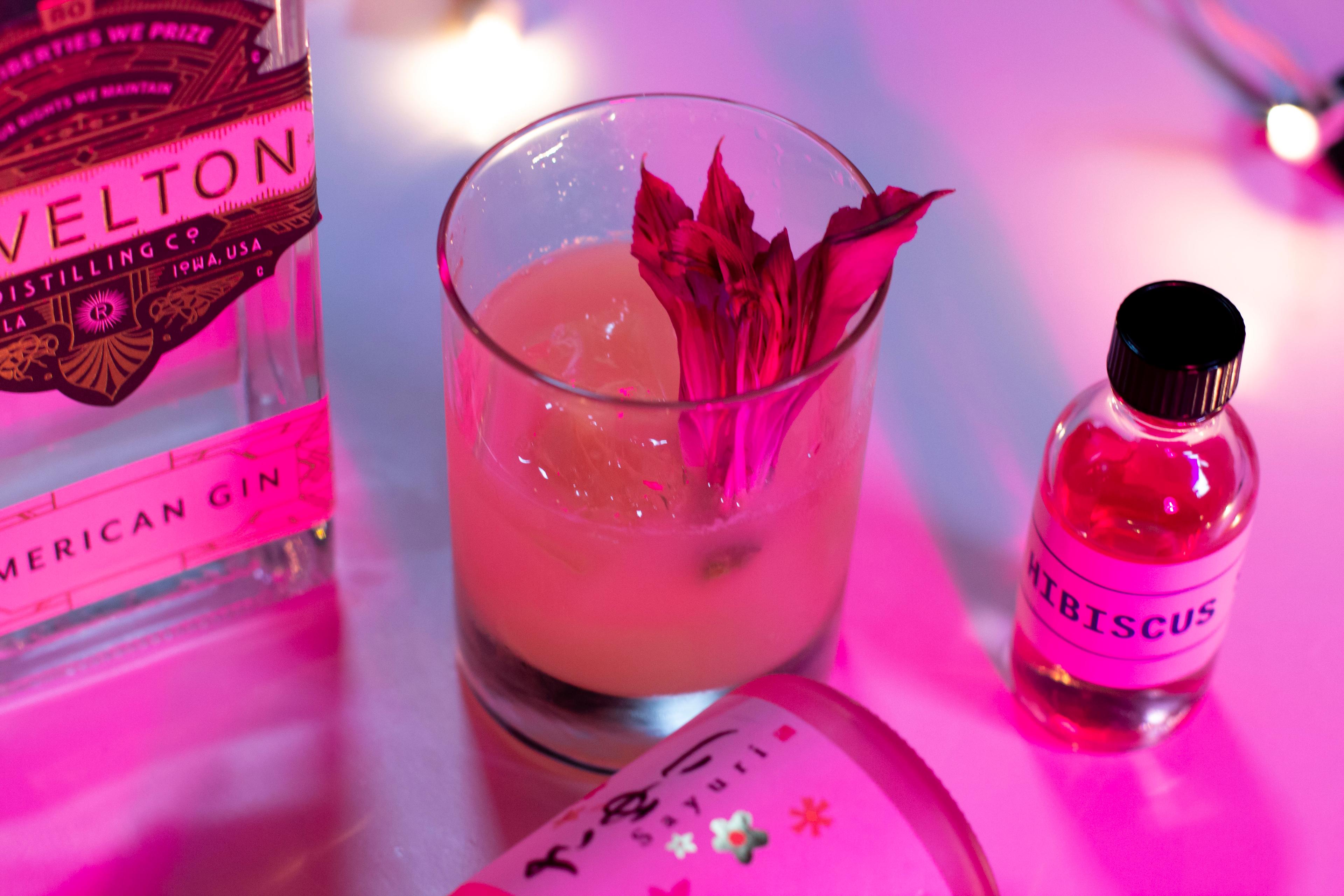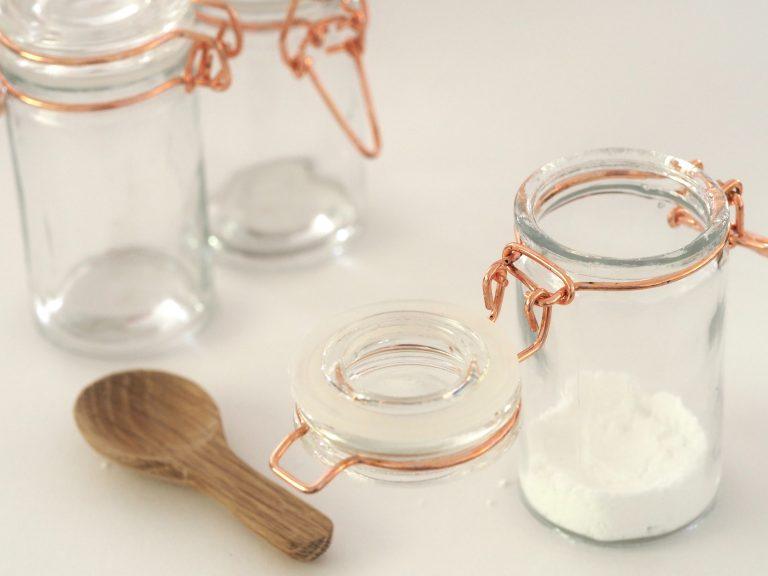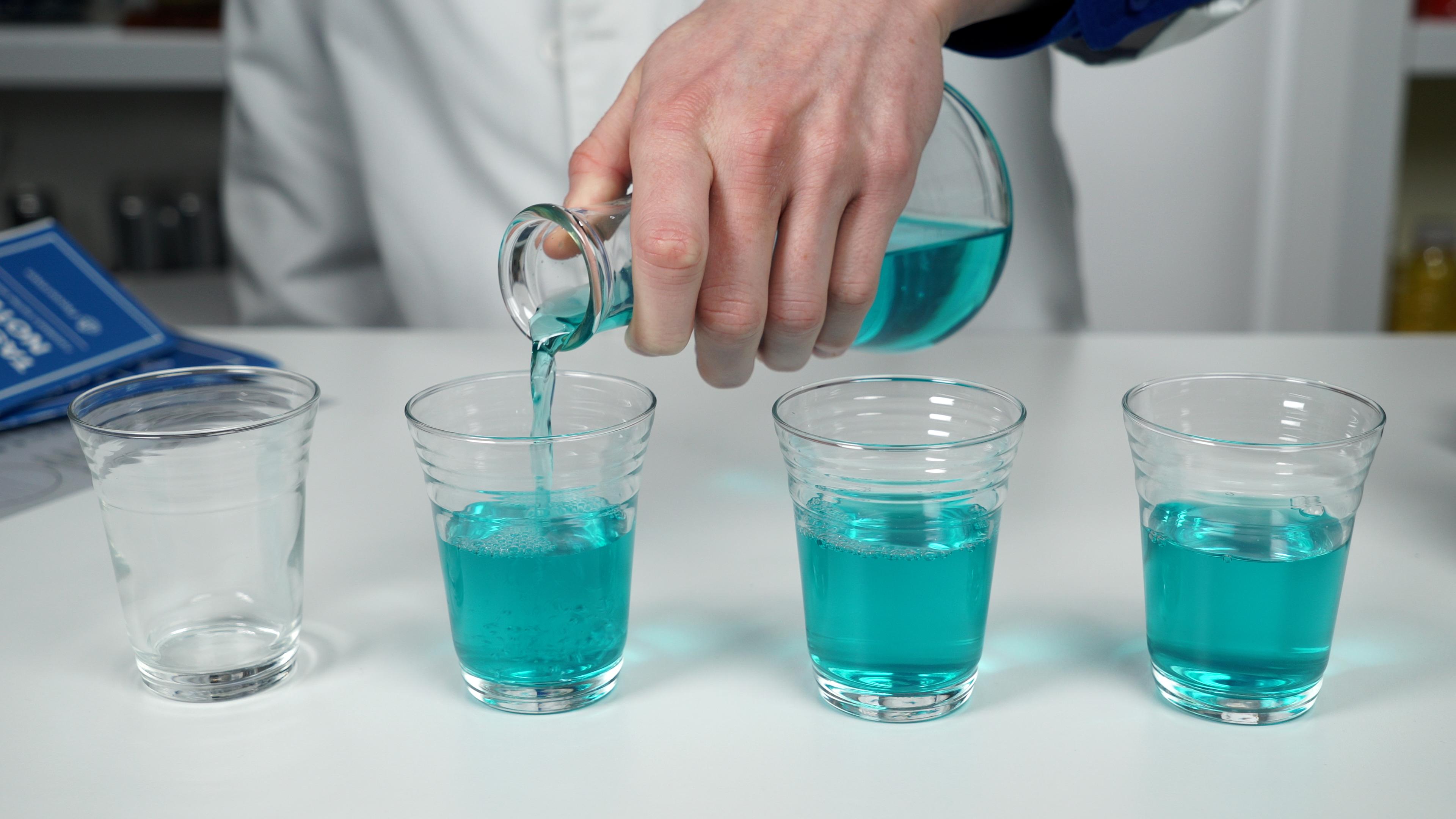
5 Date Night Drinks From The Beverage Architects
blog
Join us as we unveil a selection of our Beverage Architects' cherished cocktails (including one delightful mocktail) guaranteed to captivate the night.

Published on:
October 14, 2019Humans, by evolutionary nature, love sweet — but consuming too much sugar can be bad for you. That’s why many diet sodas, juices, and other zero-calorie products utilize sugar-free, low and no-calorie sweeteners otherwise known as artificial sweeteners. Ahead of National Sweetest Day this October 19, we’re taking a look at the most popular sugar alternatives used in drinks, so grab your sweetie and get ready to take a guilt-free journey into the world of artificial sweeteners!
Also known as APM, aspartame is an artificial, non-saccharide about 200 times sweeter than sugar. It’s true that aspartame is not exactly calorie-free — it contains about four calories per gram — however, the quantity of aspartame required to provide sweetness in drinks is so small, its caloric contribution is negligible. And while the taste profile of aspartame doesn’t quite match that of sugar, it gets pretty close — especially when it’s combined with other artificial sweeteners.
Another reason for blending aspartame with other sweeteners is because it’s sensitive to heat and conditions with higher pH levels. It’s best used in drink products with a pH between 3 and 5, making it a popular sweetener for soft drinks in this range. An alternative sweetener, such as saccharin, can be added to provide more stability for products requiring a longer shelf-life — and subsequently higher pH.
Saccharin is an artificial sweetener that derives its name from the Greek word “saccharine,” meaning “sugary.” With a sweetness 400 times that of sugar, saccharin is certainly sugary, but can also have a bitter, metallic aftertaste, especially detectable in high concentrations. To off-set this aftertaste and benefit from the advantage of being heat stable and non-reactive, saccharin is commonly combined with other sweeteners. When blended with aspartame, for example, saccharin helps extend the drink’s shelf-life; meanwhile, the aspartame can provide a more balanced, sugar-like taste.

The idea to use sucralose as an artificial sweetener was introduced in the 1970s. During an exploratory experiment, scientist Shashikant Phadnis reportedly misheard the command “test the compound” as “taste the compound,” which allowed him to accidentally discover its sweetness and change what the world is drinking.
The commercial success of sucralose-based products stems from a favorable comparison to other low-calorie sweeteners with regards to taste, stability, and safety. Approximately 600 times sweeter than sugar, sucralose is stable under heat and over a broad range of pH conditions, making it a popular additive for drinks requiring a longer shelf life.
In beverages, sucralose is added in very small quantities due to its extreme sweetness; but when you find sucralose in grocery stores, you’ll discover that it looks and tastes almost like regular sugar. When processed with additional ingredients, such as glucose and maltodextrin, sucralose takes on a granular appearance and balanced sweetness by volume that’s more comparable to sugar.
Stevia is derived from Stevia rebaudiana, a leafy plant that shares a similar appearance to mint. Its leaves alone are 150 times sweeter than sugar, and are used to distill a super sweet chemical called reb-A or steviol glycoside rebaudioside A. As an extract, stevia can be 300 times sweeter than sugar. And even though this sweetness can take some extra time to detect in comparison to the immediacy of sugar, it’s said to last longer on the palate.
Stevia is also heat-stable, pH-stable, and non-fermentable, making it an incredibly popular additive in drinks of all kinds.
Neotame is an artificial sweetener and aspartame analog. By mass, neotame boasts a sweetness that’s a whopping 8,000 times stronger than sugar. Invented by French scientists Claude Nofre and Jean-Marie Tinti in the 1990s, neotame is used to enhance original drink flavors without adding off-notes typical of some other artificial sweeteners. Because of its extreme sweetness, neotame can help decrease production costs since a significantly smaller amount is needed. Neotame also has the advantage of being comparable for use in heated drinks and dairy products, though its stability is comparable to aspartame in that it is more sensitive to conditions of pH, moisture, and time.
Sugar-free sweeteners allow consumers more drink options without the extra calories. While the names of these artificial sweeteners may sound scary, they don’t have to be! Do your research and find out what’s best for you, and you may find that it is possible to satisfy your sweet tooth and manage your health.
If you’ve got an idea for a great drink, the beverage development experts at Flavorman can help you bring it to life! Just fill out this web form or give us a call at (502) 273-5214 to get started.
Related Content:
Exploring the Origin of the Frappé for National Frappe Day

blog
Join us as we unveil a selection of our Beverage Architects' cherished cocktails (including one delightful mocktail) guaranteed to captivate the night.

blog
Each year, our team of Beverage Architects here at Flavorman come together to flex our divination muscles and attempt to predict the beverage trends of the upcoming year. Check out our predictions for 2024 Beverage Trends!

blog
Everyone encounters flavor in various forms, whether it's that refreshing soda straight from the fridge or an aged spirit you save for those special moments. But how often in life do we intentionally engage in a structured tasting to assess a beverage's essence?
Let's Talk